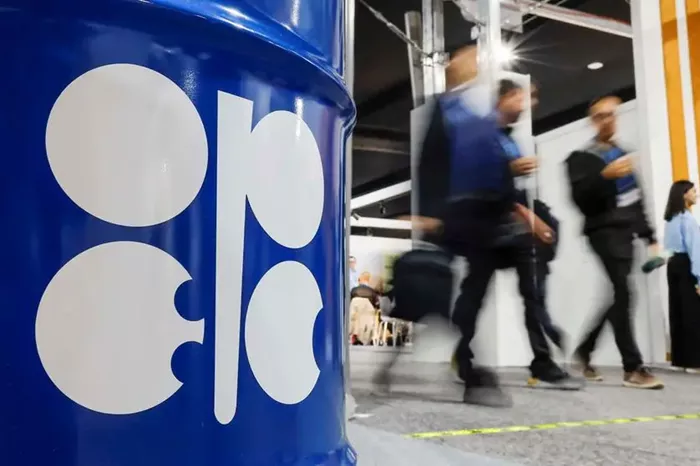The Organization of Petroleum Exporting Countries (OPEC) has issued its latest Monthly Oil Market Report (MOMR), highlighting key developments and providing an outlook on the global oil market. In its forecast, OPEC reaffirms its projection that global oil demand will experience significant growth in 2025, expanding by 1.4 million barrels per day (mb/d). This surge is expected to be predominantly driven by strong demand growth from non-OECD (Organization for Economic Co-operation and Development) countries.
OPEC forecasts non-OECD demand to increase by 1.3 mb/d, while the 38-member OECD is expected to see a marginal growth of just 0.1 mb/d. Looking ahead to 2026, global oil demand is expected to maintain its upward trajectory, with a forecasted growth of 1.4 mb/d year-on-year (Y/Y). Non-OECD countries will again play a central role in this growth, with demand expected to rise by 1.3 mb/d, while OECD demand is anticipated to grow by only 0.1 mb/d.
On the supply side, OPEC projects that non-DoC (Declaration of Cooperation) liquids supply will rise by 1.1 mb/d Y/Y in 2025, fueled by production increases from the United States, Brazil, Canada, and Norway. A similar growth of 1.1 mb/d is anticipated in 2026, again primarily driven by the U.S., Brazil, and Canada. Meanwhile, DoC supplies, including natural gas liquids (NGLs) and non-conventional liquids, are forecast to grow by approximately 90,000 barrels per day (tb/d) Y/Y in 2025, averaging 8.4 mb/d. This growth is expected to slightly slow in 2026, with an increase of 0.1 mb/d, bringing the total to an average of 8.5 mb/d.
The Declaration of Cooperation (DoC), which was established in 2016, is a collaborative effort between OPEC member countries and 11 non-OPEC oil-producing nations (currently 10 after Equatorial Guinea joined OPEC in May 2017). The initiative aims to stabilize the global oil market and has been extended multiple times due to its success in achieving its goals.

